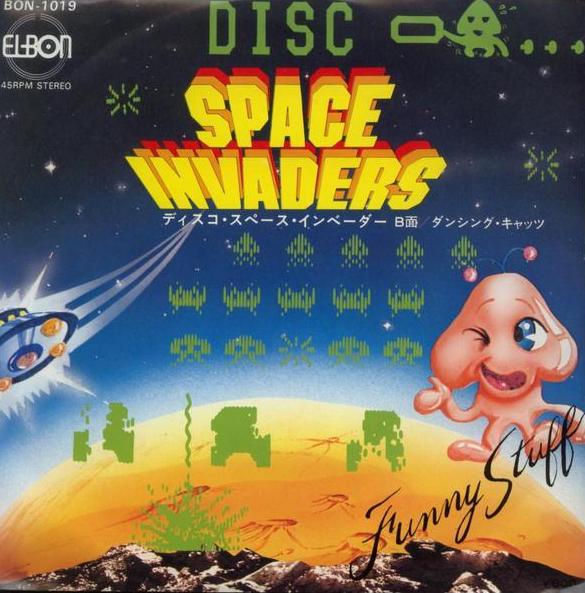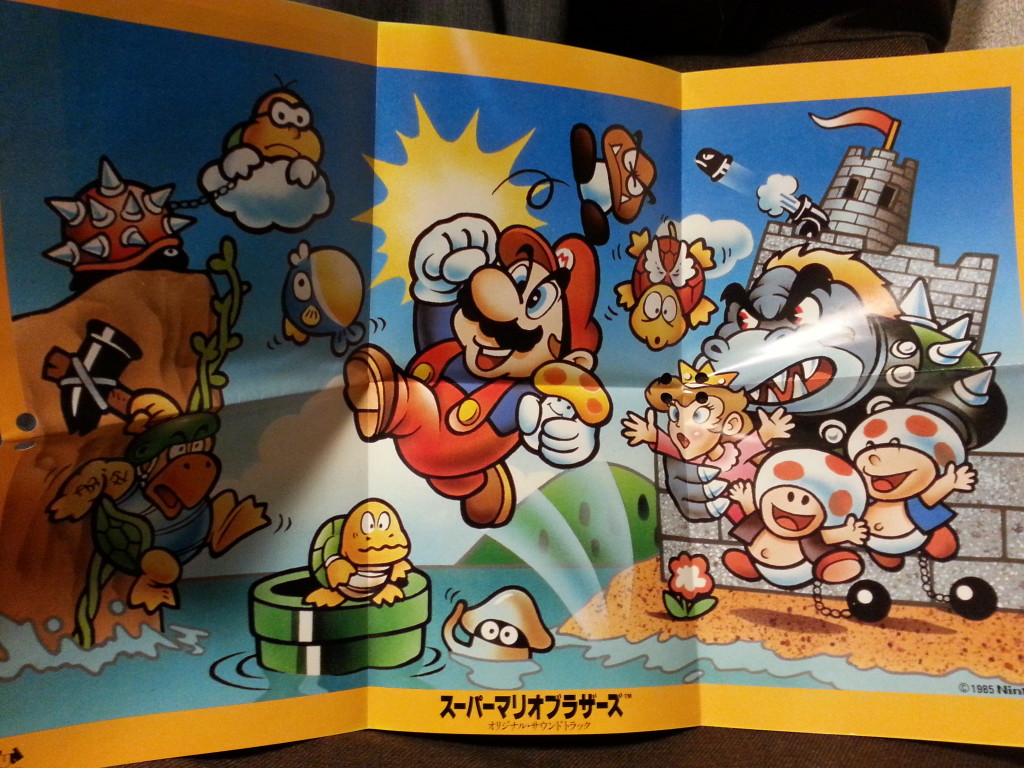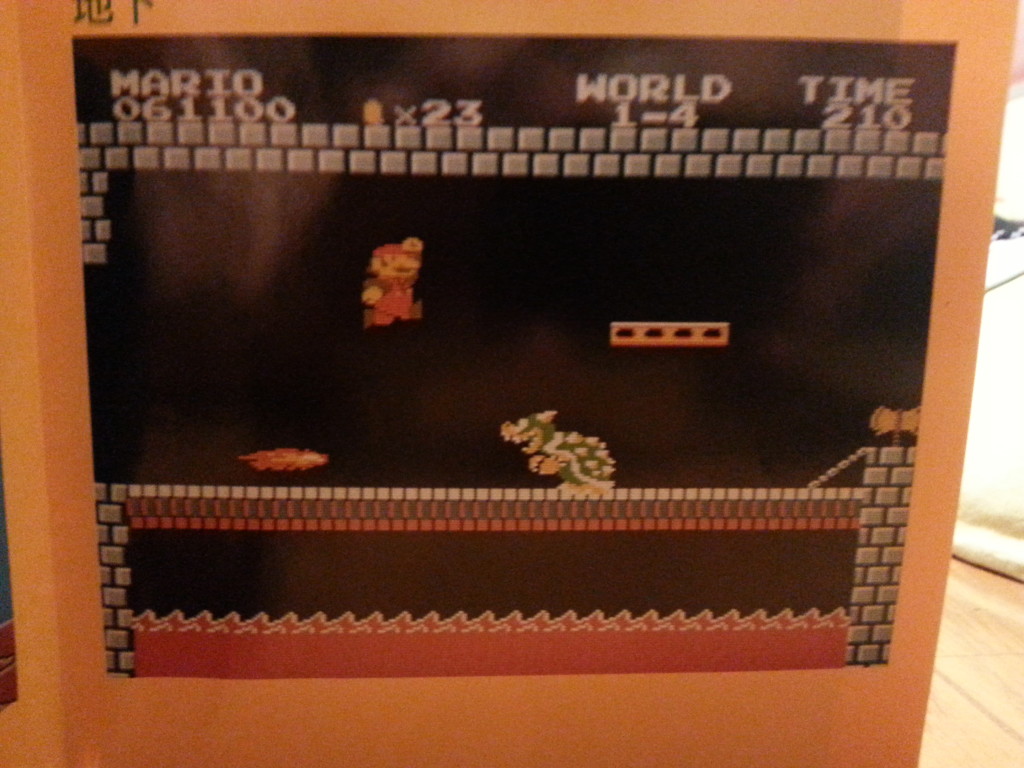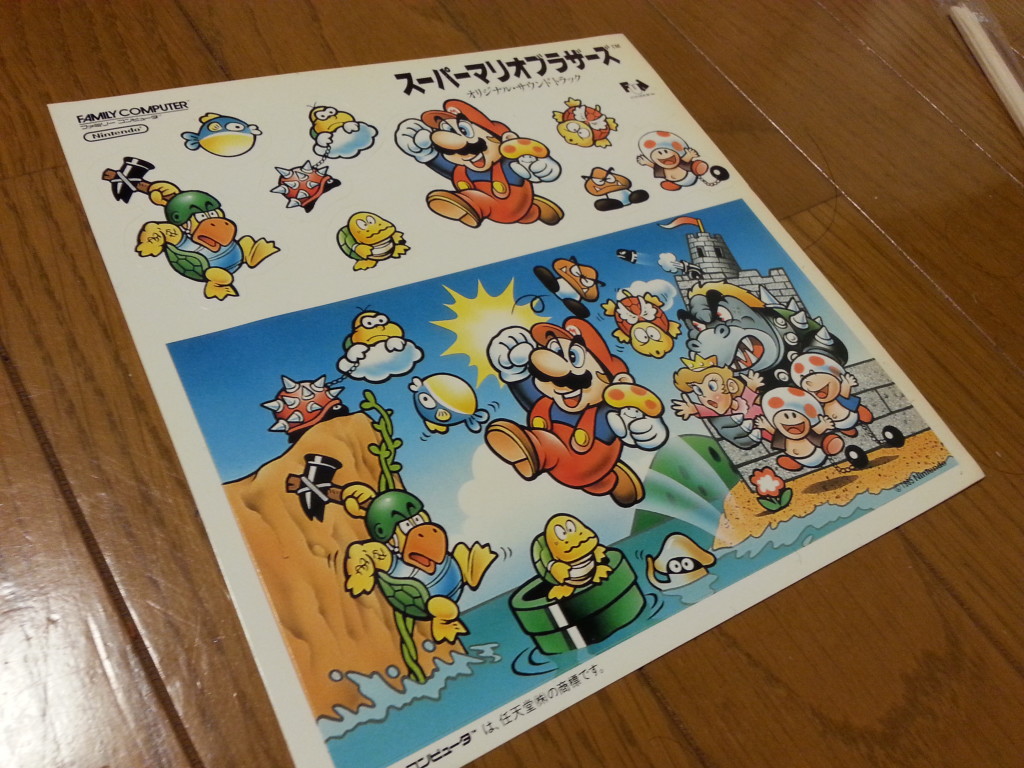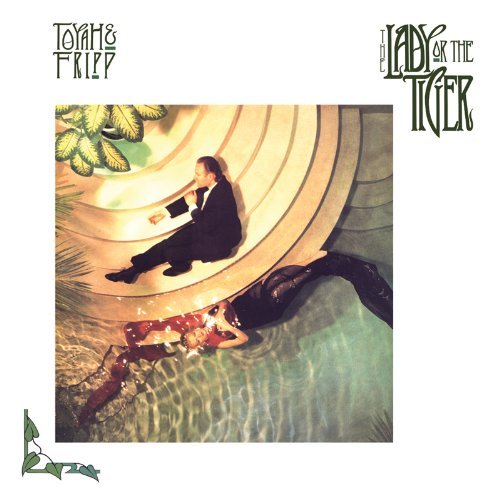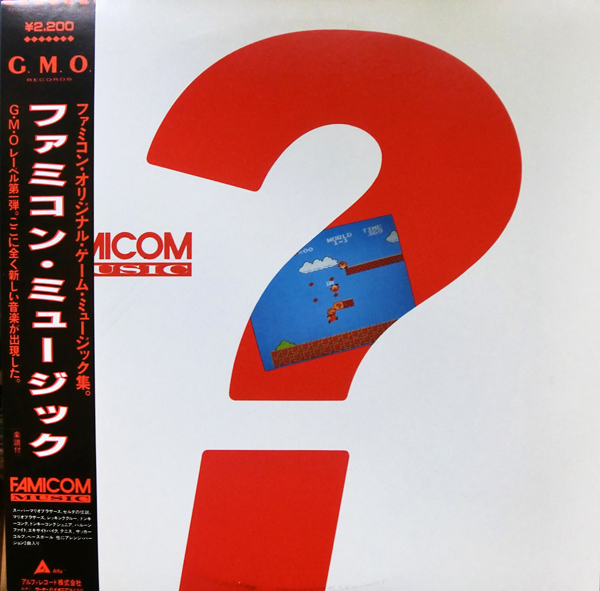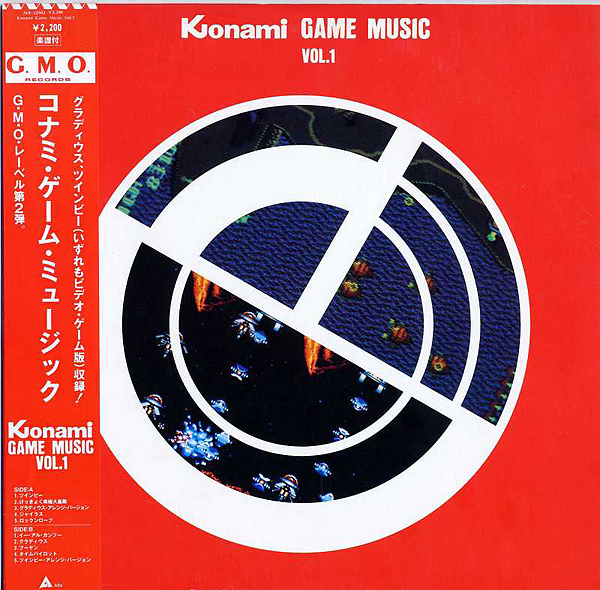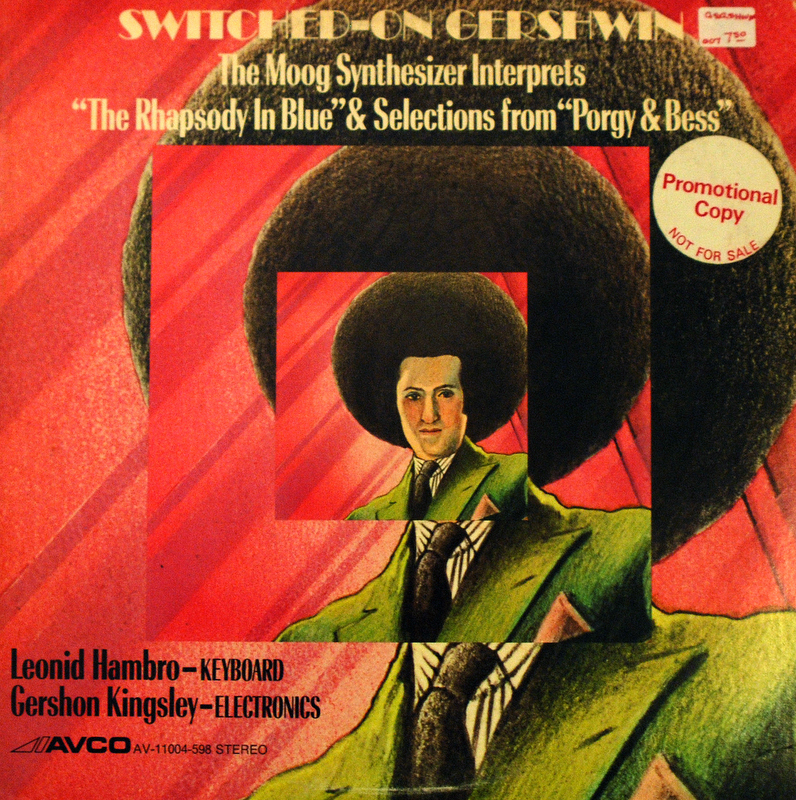Disco Space Invaders
Funny Stuff (Seriously, that’s the credited artist)
Disco Space Invaders
Dancing Cats
Disco Space Invaders is not game music per say. In fact, it barely has anything to do with the game from which it was allegedly inspired. The title track only features sound effects from the game for a few brief seconds before diverging completely into an entirely unrelated (and entirely amazing) disco track. And from what I can tell, the hilariously-titled b-side “Dancing Cats” has absolutely nothing to do with anything (except for dancing cats).
However, it did come out in 1979, one year before the first Pac-Man children’s records were released in the states; two years before the similar-in-tone “Pac-Man Fever,” and several years before Yellow Magic Orchestra’s Haruomi Hosono would release the first proper video game music single – Super Xevious Hardcore Mix. As such, Disco Space Invaders holds the dubious distinction of being the very first game music-themed release.
It’s historical significance far outweighs its musical quality. But if you enjoy idiotic disco as much as I do (AND DO I), then you’ll probably find some joy in this.
The sleeve for Disco Space Invaders surprisingly has full production credits, complete and in English. I did a search of the people who worked on it, hoping that they would include some pioneer of Japanese electronic music or perhaps a YMO associate, but I don’t think anyone who worked on this went onto do anything of note.
Also, I really hope that thing on the cover is supposed to a mushroom-shaped alien or something.
Super Mario Bros. Soundtrack
Koji Kondo
Super Mario Bros. Theme
Super Mario Bros. Theme (Orchestra Version)
Both of these tracks are from a 7″ single that’s simply titled Super Mario Bros. Soundtrack. This came out in 1986, and was one of many Mario-themed musical releases to be released that year. I’m fairly certain this was the first one though, and it was also probably the first record put out by Nintendo, although many would follow in the late 80s, as it was really a prime time for game music in Japan.
The first track is exactly what you think it is, a straight-up rendition of the Super Mario Bros. theme. Its different than the one that’s included on the Famicom Music album though. Firstly, it’s much shorter, only including the music from the first stage. Additionally, it features no game sound effects, it’s just music. Oddly enough, it doesn’t end with the stage complete fanfare, instead ending with the music that plays when Mario dies.
The b-side is interesting. While the direct translation of the track is “Orchestra Version,” there’s really not much orchestral about it. I think I hear some chimes in there somewhere, but it’s pretty much a souped up electronic version of the original theme. It’s really different than other arranged versions of the Mario theme that I’ve heard, and it’s actually pretty damn great. I hope they re-use it at some point.
Sadly this release doesn’t feature any linear notes, so I can’t tell you who worked on it. However, it did include a rad poster and some amazing stickers, so check them out!

